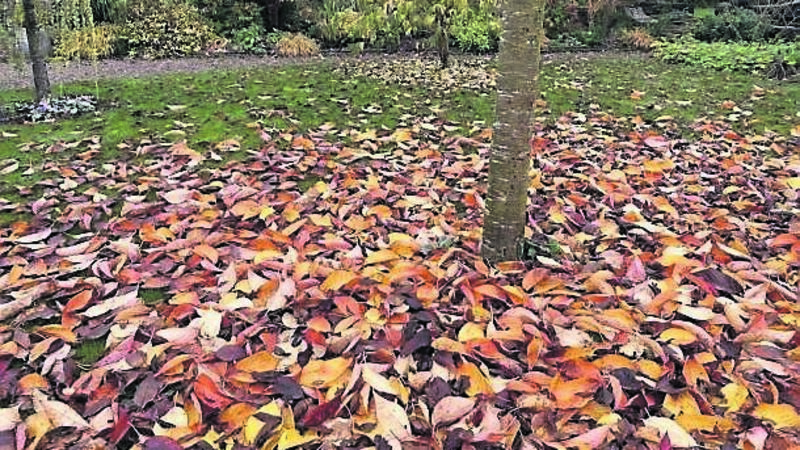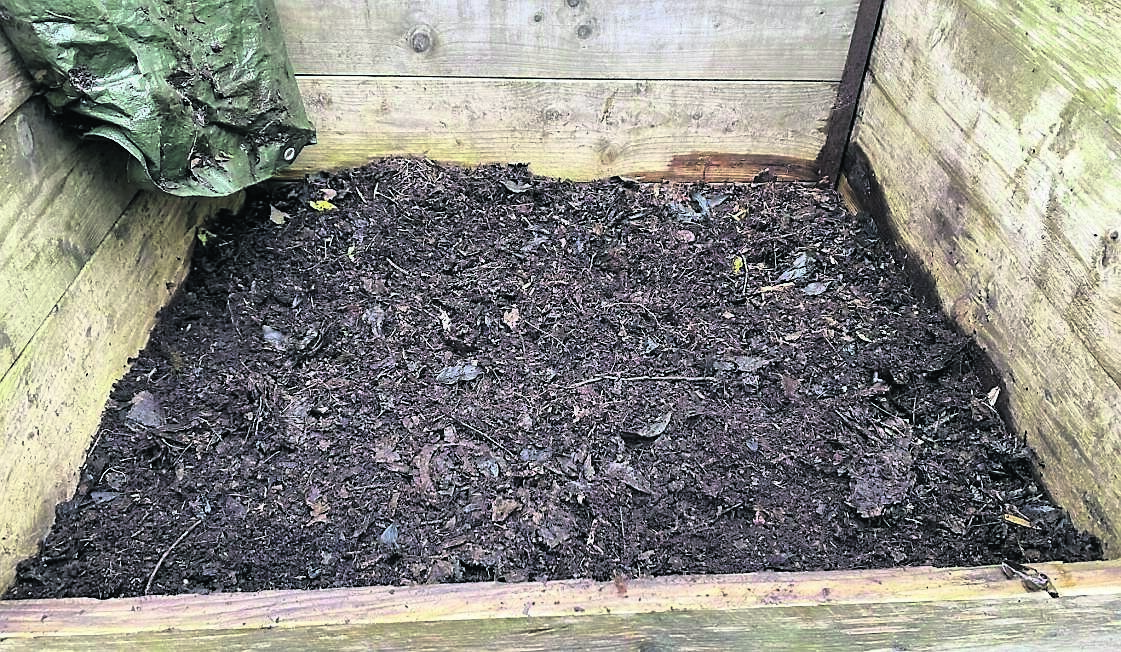In the garden: Five reasons not to be too tidy

The trouble with letting leaves stay where they fall is that they will kill the grass if they create a thick layer which the light cannot penetrate.
The leaves are all around us now, and traditionally the lead-up to the end of the year is a time for tidying up in the garden, ‘putting it to bed for the winter’ if you like.
- The whole garden is essentially a bug hotel and leaving vegetation, dead stems and leaves in situ over the colder months allows beneficial insects like ladybirds and beetles to overwinter and increase their numbers more quickly once spring arrives. This has the knock-on effect of keeping balance in the garden once it gets growing.
- Leaving the dead foliage of herbaceous plants in situ means much less work and moving of bulky material. By the time spring arrives, much of the plant material will have melted back into the soil, broken down by insects, worms and micro-organisms resident in the soil.
- Leaving some plant material to rot down into the soil increases organic matter and will result in better soil structure and increased humus, all of this is good news for plant growth and the health of the soil.
- Having higher levels of organic matter in the soil increases water-holding capacity of the soil, which will prove invaluable during periods of drought.
- Mulching with autumn leaves can create some protection from frost and cold for the plants lying dormant beneath.

This will hasten the breakdown process, so if you do have a sludgy grass heap after the summer, mixing some autumn leaves through it will help to create useable compost for the garden more quickly.

Carpinus betulus looks quite like beech leaves but the veins are more defined, they are a similar size and colour.






 App?
App?





